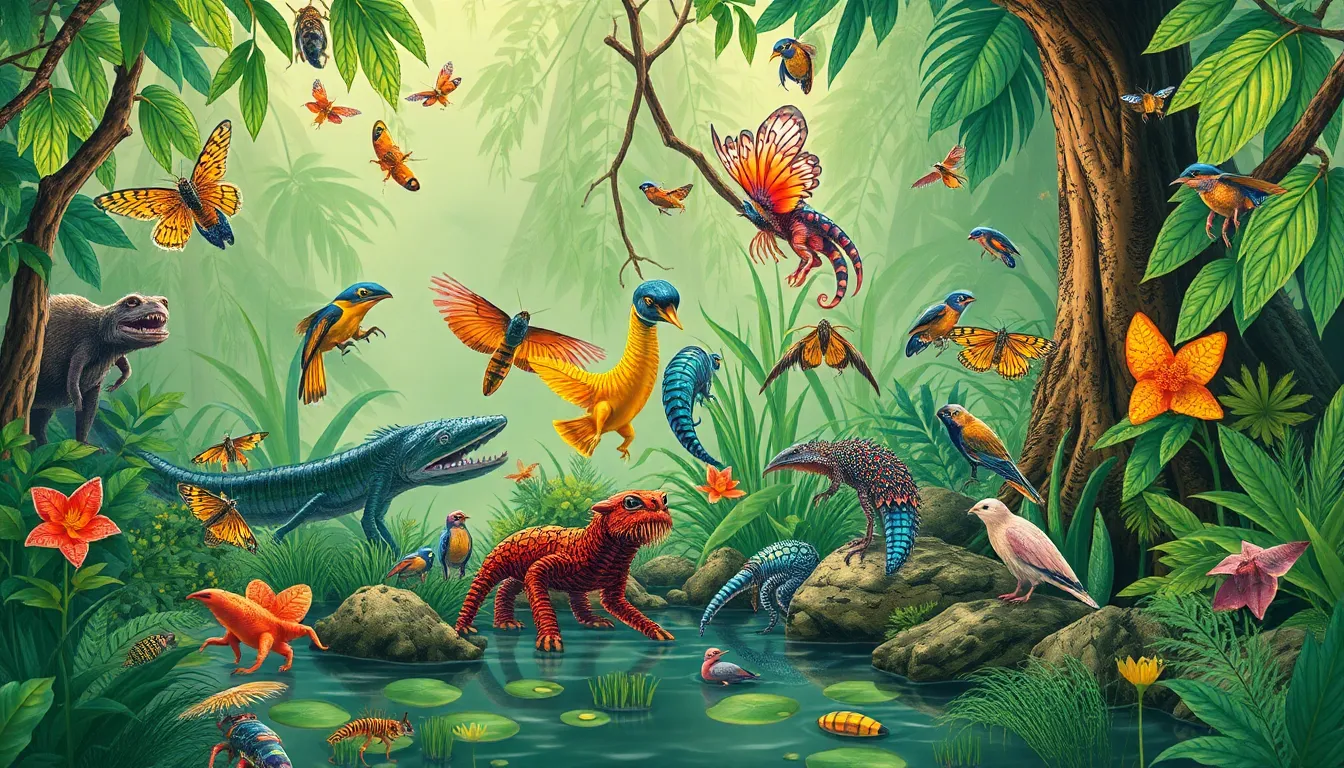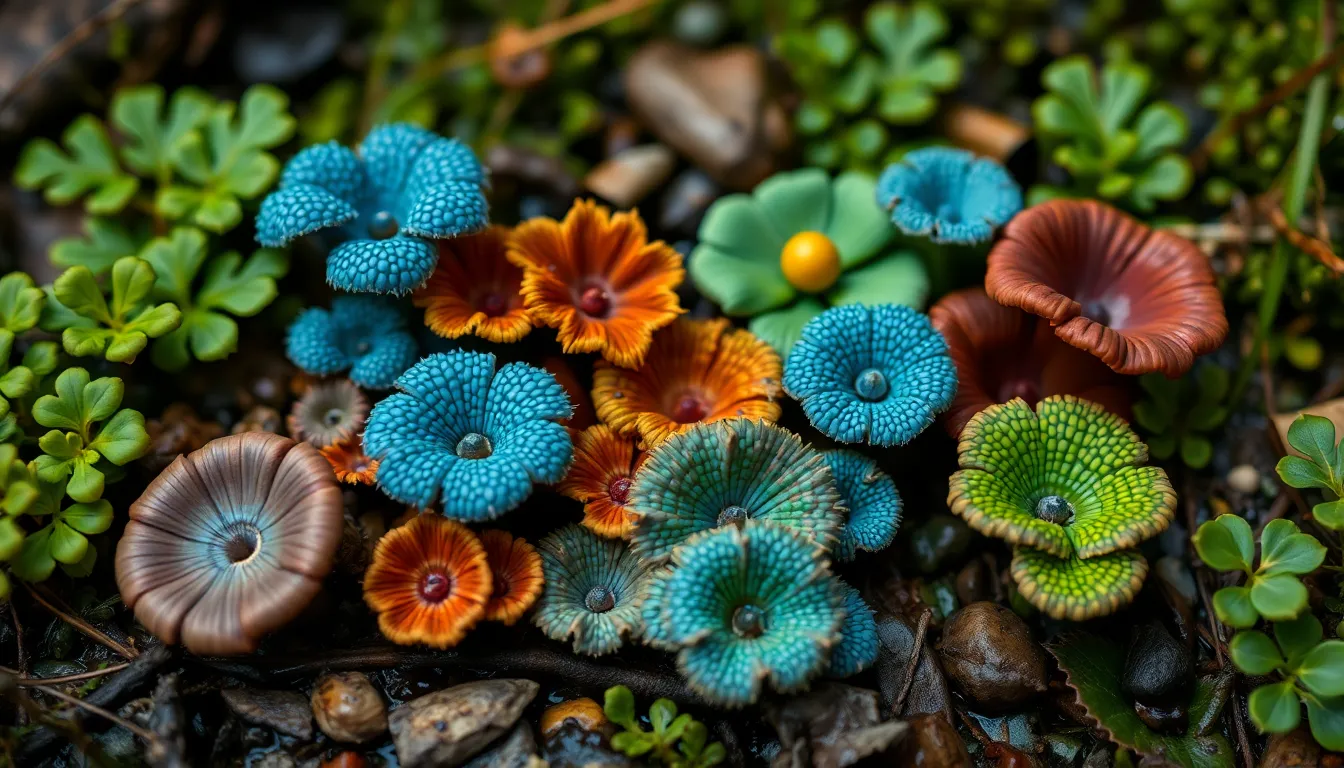Table of Contents
ToggleEver heard of pertostrums? If not, don’t worry; you’re not alone. These quirky little wonders are like the hidden gems of the natural world, waiting to be discovered and appreciated. Imagine a creature that’s part mystery, part marvel, and a whole lot of fun. Whether you’re a nature lover or just someone who enjoys a good conversation starter, pertostrums are bound to pique your interest.
Overview of Pertostrums
Pertostrums represent a unique class of organisms within the ecosystem. These creatures often dwell in secluded environments, making them challenging to study. Found in various geographical locations, they exhibit a remarkable diversity in habits and forms. Typically, pertostrums thrive in moist conditions, favoring temperate regions.
Researchers classify pertostrums into several categories based on observable traits. Various studies suggest they play an essential role in their habitats. For instance, some species help decompose organic matter, contributing to nutrient cycling. Others establish symbiotic relationships with local flora, enhancing plant growth.
Observing pertostrums can reveal intriguing behaviors. Many possess specialized adaptations for survival, such as unique feeding strategies and reproductive methods. Notably, some pertostrums exhibit bioluminescence, captivating those lucky enough to witness these phenomena.
Diverse species of pertostrums also display distinct colors and patterns. These characteristics often aid in camouflage or deterrence against predators. Their intricate life cycles further add to the fascination, with different stages showing unique adaptations to their environment.
Highlighting the ecological importance of pertostrums encourages deeper appreciation for biodiversity. Every discovery about these organisms enhances understanding of their roles in the natural world. Continued research promises to unveil more secrets about pertostrums, revealing their contributions to ecosystems that remain undiscovered.
Characteristics of Pertostrums


Pertostrums exhibit distinct characteristics that define their role in ecosystems. These organisms possess unique physical and behavioral traits that enhance their survival in diverse environments.
Physical Attributes
Pertostrums vary significantly in size, ranging from mere millimeters to several centimeters in length. Colors differ among species, with shades including vibrant greens, browns, and blues. Textures also vary, with some featuring smooth surfaces and others showcasing rough, rugged exteriors. Camouflage plays a crucial role in their survival; intricate patterns help them blend into their surroundings, evading predators effectively. Body shapes adapt to their specific habitats, allowing easy navigation through moist environments or dense foliage. Bioluminescent species possess specialized cells that create captivating displays of light, attracting attention in dark environments.
Behavioral Traits
Pertostrums demonstrate fascinating behaviors crucial for their survival. Feeding strategies vary, with some species utilizing filter feeding techniques while others actively hunt smaller organisms. Many exhibit communal living practices, forming small groups that enhance their chances of survival. Specialized adaptations support unique reproductive methods; some species engage in elaborate mating rituals, while others can reproduce asexually. Sensitivity to environmental changes guides their movement, prompting them to seek more hospitable conditions when necessary. Social interactions manifest through intricate communication signals, ensuring effective cooperation among group members.
Habitat and Distribution
Pertostrums thrive in diverse ecosystems, making their study essential for understanding ecological balance. Their habitats are often secluded and moist, which contributes to their unique adaptations.
Geographic Locations
Pertostrums inhabit various geographic regions. They flourish in temperate areas across North America, Europe, and parts of Asia. Typically, dense forests, wetlands, and coastal ecosystems provide ideal environments for these creatures. Some documented species appear in mountainous regions, showcasing their adaptability to altitude changes.
Environmental Preferences
Moist conditions favor pertostrums, with many species relying on high humidity for survival. These organisms often occupy leaf litter, decaying wood, and damp soil, where they find food sources like decomposing organic matter. Temperature ranges also play a significant role; most pertostrums thrive in moderate climates, allowing them to maintain optimal metabolic rates. Specific species appreciate cooler environments, while others showcase resilience in warmer habitats.
Importance of Pertostrums
Pertostrums hold significant ecological and cultural roles, contributing profoundly to their environments and attracting interest across diverse communities.
Ecological Role
Pertostrums serve as vital decomposers in their habitats. Their ability to break down organic matter enriches soil health and promotes nutrient cycling. Various species, through symbiotic relationships with local plants, enhance growth and stability within their ecosystems. Temperature and moisture levels determine their activity, making them sensitive indicators of environmental health. Observing their presence in ecosystems can reveal critical information about biodiversity and habitat quality. These creatures also support food webs, providing sustenance for predators and contributing to ecological balance.
Cultural Significance
Cultural narratives frequently celebrate pertostrums for their unique qualities. Various indigenous communities regard them as symbols of resilience and adaptability, incorporating them into folklore and traditional practices. Artists and writers often draw inspiration from their captivating bioluminescence and intricate patterns. Beyond artistry, they attract nature enthusiasts and researchers fascinated by their elusive nature. Events centered around pertostrums promote awareness of biodiversity and conservation efforts, further embedding these organisms within cultural discussions on preserving natural heritage. Their influence extends beyond science into art, folklore, and education, showcasing the interconnectedness of nature and humanity.
Pertostrums embody the wonders of nature’s hidden diversity. Their unique adaptations and ecological roles highlight their importance within various ecosystems. As researchers continue to uncover their secrets, the fascination surrounding these creatures only deepens.
The enchanting behaviors and vibrant displays of pertostrums not only captivate those who encounter them but also serve as reminders of the delicate balance within our natural world. By fostering awareness and appreciation for these organisms, individuals can contribute to ongoing conservation efforts.
Pertostrums truly represent a remarkable intersection of science, art, and culture, inspiring curiosity and respect for the intricate web of life that surrounds us.




